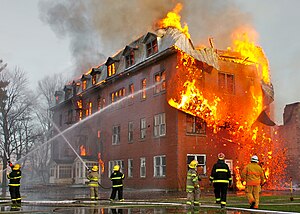
In the United States, community emergency response team (CERT) can refer to

A firefighter is a first responder and rescuer extensively trained in firefighting, primarily to extinguish hazardous fires that threaten life, property, and the environment as well as to rescue people and in some cases or jurisdictions also animals from dangerous situations. Male firefighters are sometimes referred to as firemen.

Emergency services and rescue services are organizations which ensure public safety and health by addressing different emergencies. Some of these agencies exist solely for addressing certain types of emergencies whilst others deal with ad hoc emergencies as part of their normal responsibilities. Many of these agencies engage in community awareness and prevention programs to help the public avoid, detect, and report emergencies effectively.
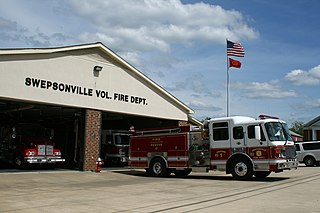
A volunteer fire department (VFD) is a fire department of volunteers who perform fire suppression and other related emergency services for a local jurisdiction. Volunteer and retained (on-call) firefighters are expected to be on call to respond to emergency calls for long periods of time, and are summoned to the fire station when their services are needed. They are also expected to attend other non-emergency duties as well.

Firefighting is the act of attempting to prevent the spread of and extinguish significant unwanted fires in buildings, vehicles, and woodlands. A firefighter suppresses fires to protect lives, property and the environment.
Fire police are volunteer fire brigade/company members who, based upon their jurisdictional authority, receive sworn police powers, special training, and support firefighting efforts at emergency incidents. In addition to securing firefighting equipment, incident and fire scenes, and the station itself, fire police perform traffic and crowd control. In some jurisdictions, fire police are exterior firefighters and may be called upon at fire scenes to perform any of the duties of an interior firefighter except those that require a self-contained breathing apparatus. On occasion, fire police also assist regular police: they perform road closures, traffic control, crowd control at public events, missing persons searches, parade details, salvage, security, and other miscellaneous tasks as requested.
In firefighting, the policy of two-in, two-out refers to United States Occupational Safety and Health Administration (OSHA) policy 29 CFR 1910.134(g)(4)(i) The respiratory protection standard requires that workers engaged in fighting interior structural fires work in a buddy system; at least two workers must enter the building together, so that they can monitor each other's whereabouts as well as the work environment. There must also be at least two standby personnel outside the fire area prepared to rescue the inside firefighters should the need arise. One of these outside firefighters must actively monitor the status of the inside fighters but the second outside firefighter may perform a variety of other duties, such as pump operations, incident commander or outside hose line operation. There are no provisions in the standard to waive the requirements for either the "two-inside firefighters" or the "two-outside firefighters", although the circumstances under which this provision applies are more limited than generally understood.
Firefighting jargon includes a diverse lexicon of both common and idiosyncratic terms. One problem that exists in trying to create a list such as this is that much of the terminology used by a particular department is specifically defined in their particular standing operating procedures, such that two departments may have completely different terms for the same thing. For example, depending on whom one asks, a safety team may be referred to as a standby, a RIT or RIG or RIC, or a FAST. Furthermore, a department may change a definition within its SOP, such that one year it may be RIT, and the next RIG or RIC.

Aircraft rescue and firefighting (ARFF) is a type of firefighting that involves the emergency response, mitigation, evacuation, and rescue of passengers and crew of aircraft involved in aviation accidents and incidents.

The Fire and Rescue Department of Malaysia, commonly known as Bomba, is a federal agency of Malaysia responsible for firefighting and technical rescue. Bomba is a Malay word derived from the Portuguese bombeiros which means 'firefighters'.

Palm Beach County Fire Rescue is one of the largest ISO Class 1 fire departments in the State of Florida. Palm Beach County Fire Rescue provides full time paid cross trained professional firefighter-EMT’s, or firefighter paramedics to provide, fire protection, Advanced Life Support emergency medical services, technical rescue, hazardous materials mitigation, aircraft rescue and firefighting, fire investigation, and 911 dispatching for unincorporated parts of Palm Beach County, Florida and 19 cities under contract.
As firefighting has a rich history throughout the world, traditions in this profession vary widely from country to country.
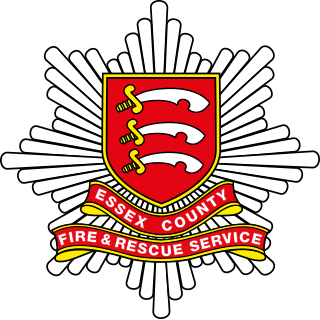
Essex County Fire and Rescue Service (ECFRS) is the statutory fire and rescue service for the county of Essex in the east of England, and is one of the largest fire services in the country, covering an area of 1,338 square miles (3,470 km2) and a population of over 1.7 million people.
Essentials of Fire Fighting is a fire service training manual produced by Fire Protection Publications (FPP) and the International Fire Service Training Association (IFSTA). Fire Protection Publications is a department of Oklahoma State University College of Engineering, Architecture, and Technology (CEAT) in Stillwater, Oklahoma. This manual is used by fire service training agencies and departments around the world to train personnel to become firefighters. The Essentials of Fire Fighting is the required training manual used in countless local fire departments and state/provincial training agencies in every region of the United States and Canada. Since the release of the first edition of this manual in 1978, more than 2.5 million copies of the Essentials of Fire Fighting have been distributed to the fire service.
An incident response team (IRT) or emergency response team (ERT) is a group of people who prepare for and respond to any emergency incident, such as a natural disaster or an interruption of business operations. Incident response teams are common in public service organizations as well as in other organizations, either military or specialty. This team is generally composed of specific members designated before an incident occurs, although under certain circumstances the team may be an ad hoc group of willing volunteers.

Firefighting in the United States dates back to the earliest European colonies in the Americas. Early firefighters were simply community members who would respond to neighborhood fires with buckets. The first dedicated volunteer fire brigade was established in 1736 in Philadelphia. These volunteer companies were often paid by insurance companies in return for protecting their clients.
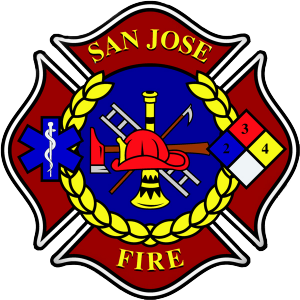
The San Jose Fire Department (SJFD) provides firefighting, rescue and emergency medical services to the city of San Jose, California, United States. The San Jose Fire Department protects the third largest city in California and the tenth largest city in the nation.
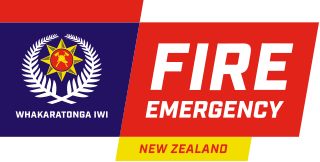
Fire and Emergency New Zealand is New Zealand's main firefighting and emergency services body.
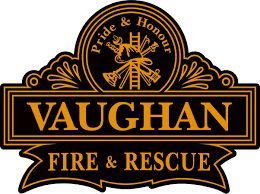
Vaughan Fire and Rescue Services (VFRS) provides fire protection, technical rescue services, hazardous materials response, and first responder emergency medical assistance to the city of Vaughan, Ontario. It operates 10 fire stations and coordinates with other fire departments in York Region and the Greater Toronto Area. VFRS received a 100 per cent satisfaction rating in the City of Vaughan’s 2018 Citizen Survey.
